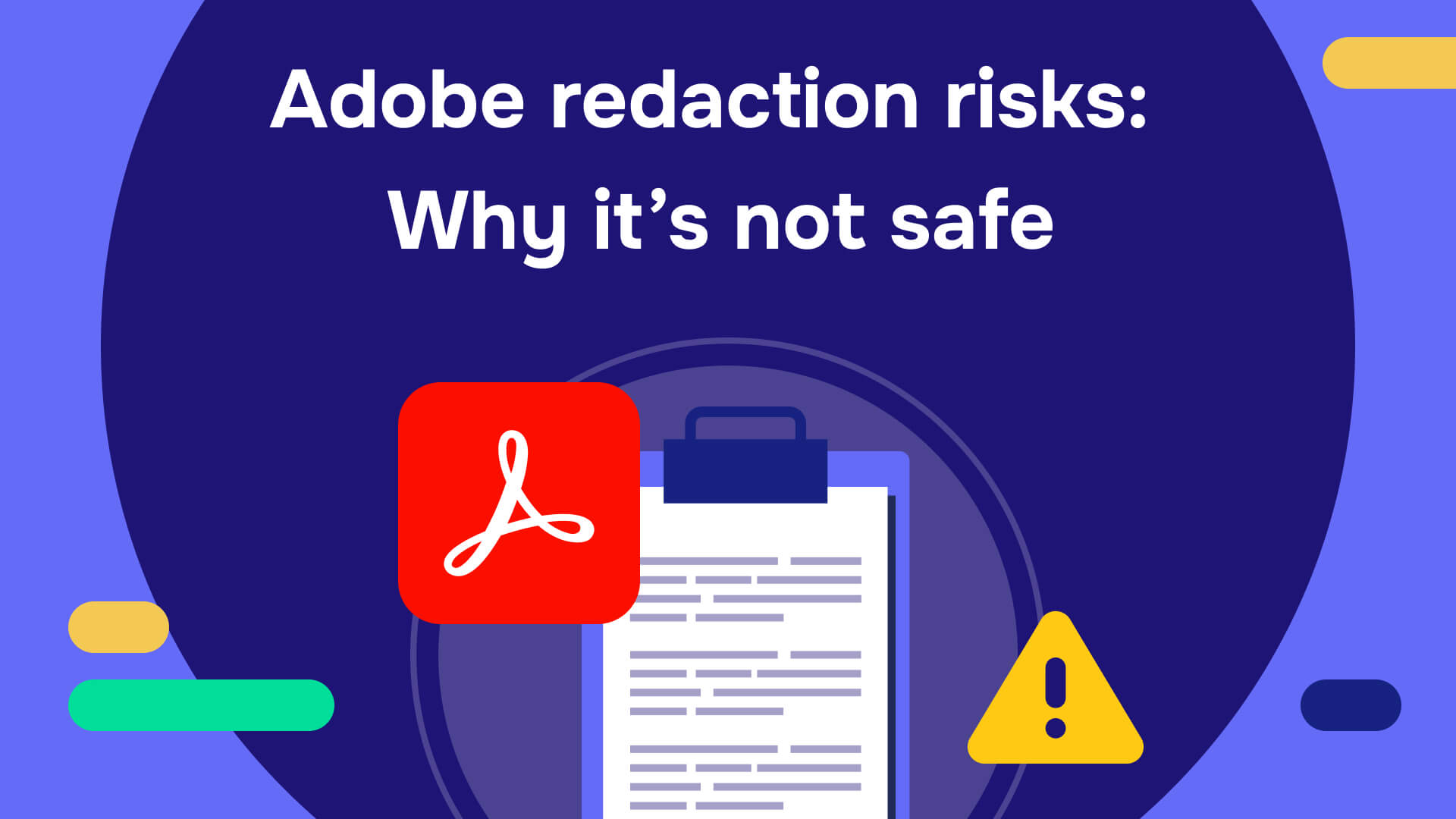Artificial intelligence is only as good as the data that powers it - but what happens when that data includes sensitive or private information? From healthcare records to legal filings, AI pipelines often ingest personally identifiable information (PII), protected health information (PHI), and confidential business details. Without proper controls, this data can leak, causing privacy violations and regulatory risks. That’s why every AI pipeline needs a redaction layer - an automated privacy filter that sanitizes data before it reaches a model.
What is an AI redaction layer?

An AI redaction layer is a system designed to detect and remove sensitive information automatically before data enters an AI model. It’s the data equivalent of encryption - instead of locking data after use, it cleans it before exposure.
Core Functions of a Redaction Layer:
- Entity Detection using NLP and pattern recognition
- Automated Masking or Tokenization
- Custom Redaction Rules and Policies
- Comprehensive Audit Logging
- Multimodal Redaction for text, images, and audio
Why every AI pipeline needs redaction
Privacy by design and compliance
GDPR, HIPAA, and CCPA mandate data minimization. The NIST AI Risk Management Framework v1.0 operationalizes this through entity detection, policy enforcement, and audit trails - what redaction layers provide. See NIST's AI Risk Management Framework
Without effective redaction, AI pipelines risk ingesting unprotected PII and PHI, potentially violating privacy laws depending on jurisdiction and data-handling policies.
Preventing model memorization and leakage
Empirical studies by Stanford HAI and OpenAI confirm that LLMs can unintentionally reproduce sensitive input data, especially when trained on unfiltered or partially anonymized corpora.
Anonymization alone fails. Stanford HAI research (2025) demonstrated that de-identified medical datasets were re-identifiable by models trained on similar data. Model-leakage incidents underscore the need for pre-training redaction.
Redaction must happen before training - ensuring irreversible sanitization that prevents memorization at the source.
Simplified compliance and governance
Industry benchmarks from controlled evaluation studies show AI-based document review reaches 90%+ accuracy versus 80-90% for manual reviewers (Forrester, ContractPodAi evaluations). Automated systems maintain consistency across thousands of documents without fatigue or distraction.
Automated PII redaction generates audit trails automatically - defensible documentation for regulators. According to Relativity's AI Redaction Guide
Reducing costs and increasing efficiency
TCDI reduced redaction costs by 38% with autonomous PII redaction: TCDI Case Study
The real advantage is velocity - legal discovery closes faster, researchers access datasets sooner, loan processing happens without manual scrubbing delays. Redaction in minutes instead of hours makes previously bottlenecked AI projects feasible.
Read also: Why redaction should be built into every document workflow?
How redaction works in an AI pipeline

- Step 1: Data Intake - raw data enters the pipeline.
- Step 2: Pre-Processing -NLP and NER models identify sensitive entities.
- Step 3: Classification - determine what to redact based on confidence levels.
- Step 4: Redaction - mask or replace sensitive data.
- Step 5: Logging - maintain auditable records.
- Step 6: Processing - pass sanitized data into AI models.
How Redactable powers privacy-first AI pipelines
Redactable is a leading platform for automated document and AI redaction. It helps enterprises protect sensitive data across text, images, and PDFs — all without slowing innovation.
Key Capabilities of Redactable:
- AI-Driven Automated Redaction using NLP and ML
- Seamless Integration via API for AI Pipelines
- Enterprise Scalability and Custom Redaction Rules
- Full Compliance Logs and Auditable Workflows
Learn more at Redactable.com
Overcoming common redaction challenges
Frequently asked questions
An automated system that detects and removes sensitive data before it enters AI models. Uses NLP and pattern recognition to identify PII, PHI, and confidential information at scale - processing thousands of documents in minutes with full audit trails.
AI models memorize training data and can reproduce sensitive information. Stanford HAI research shows even anonymized datasets can be re-identified. Without redaction, organizations violate GDPR, HIPAA, and CCPA while creating breach liability. Redaction ensures models learn from patterns, not actual customer details.
No - it often improves it. Removing names, addresses, and ID numbers eliminates noise that doesn't contribute to predictions. Healthcare AI doesn't need patient names to predict outcomes; it needs clinical indicators and treatment patterns. Redaction helps models generalize better by removing individual-specific identifiers.
Yes. Redactable's API processes documents in seconds with minimal latency. High-confidence redactions proceed automatically; edge cases flag for human review. Fast enough for live applications like chatbots and automated reporting.
GDPR, HIPAA, and CCPA require data minimization and protection of personal information—obligations that redaction fulfills in practice.
- GDPR (Articles 5, 25): Data minimization and privacy by design
- HIPAA Privacy Rule: Removal of 18 specific identifiers for de-identification (Safe Harbor)
- CCPA/CPRA: Prevention of unauthorized disclosure of personal information
Redaction is the practical mechanism for meeting these legal obligations.
API integration directly into data pipelines. Automated detection and removal of PII, PHI, and confidential data across text, PDFs, images, and datasets. Audit logs show what was redacted, when, and why - critical for compliance. Custom policies by data type, jurisdiction, or use case. Enterprise scalability without performance degradation.
More About
Document Redaction
Ready to get started?
No credit card required
Start redacting for free
Cancel any time







